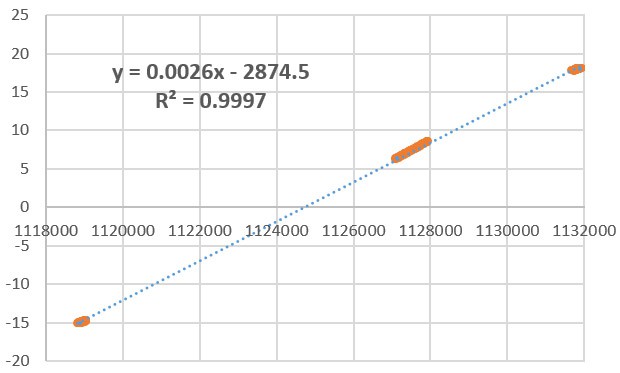Temperature is so fundamental that it doesn't get a lot of love in Arduino land, compared to sexy IMU's or spectral sensors. So there aren't many digging through the white papers for other methods to measure molecular jiggliness. But I found an interesting method using the WatchDog timer and it turned out to be far easier to rework for a Pro Mini than I would have expected.
'No-Parts' Temperature Measurement with Arduino Pro Mini
Works far better than the two clocks method I tried last year.

 Ed Mallon
Ed Mallon
Discussions
Become a Hackaday.io Member
Create an account to leave a comment. Already have an account? Log In.
I missed a very important aspect of the two clock method in my earlier post - there is about 50 points of inter reading jitter which translates into about 0.1C of noise. I made the resolution claim based on the delta, which really is there, but I was not zoomed in enough to catch the noise issue. I will be working on that over the next few days to see if I can't get it under control with better timing, and/or more power reduction during the sleeps. Also wondering if the no-interrupts during the sleep causes a few miscounts on the timer0 overflow...?
Are you sure? yes | no
also... I can apply this as a software patch for all the sensors already out in the field...
Are you sure? yes | no
Ha! Without knowing you did that, I added it as a comment to your project post about the TMP sensors. Ships crossing in the night... :-)
Unless I discover some really weird aging or hysteresis effect, this technique will replace the thermistors I've been using to date for my loggers ambient temp. record. Since I test everything for a week before deployment, the calibration effort is pretty much the same.
Are you sure? yes | no
Hi Edward. Fantastic write-up as usual. Just submitted it as a tip at hackaday.com.
Are you sure? yes | no